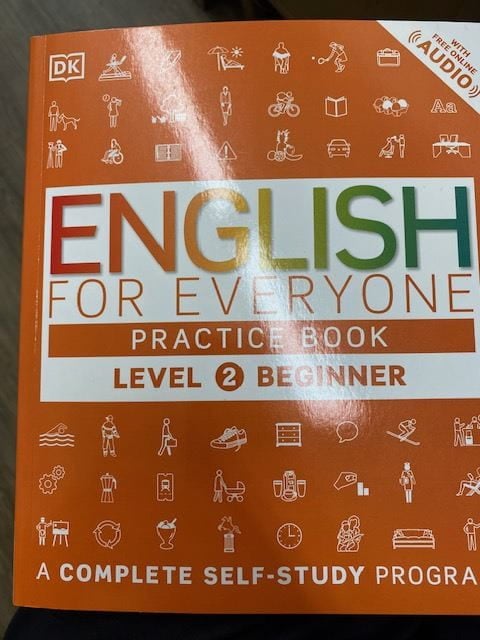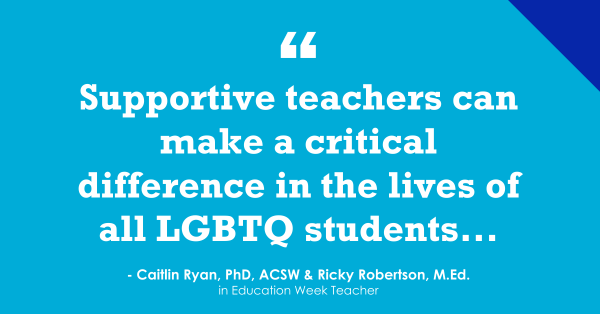Getting my ELL Newcomers to do homework is always a challenge, and it’s also essential. Most come to the United States late in their school careers with little or no English, and they need to do everything possible to enhance their language acquisition.
This year, with mixed success, I’ve been working with families to encourage students to work on their laptops at home for thirty minutes a night.
I also recently instituted a variation on a strategy that has always been successful with a large percentage of my students.
I approached the ones I know to be most motivated, told them that I thought they were ready to do more advanced work. I offered them a book (see above image, though the actual book varies each year dependent on what I have around) and explain that they will need to do it as homework, and that we’ll review it during a special time in class. Last year, I had a student teacher meet with those students for fifteen minutes three-times-a-week to review their work and plan for what pages they’d do next. In other years, I’d make the time to do it with them.
This year, though, I’m trying something different. They meet with their peer tutors for a few minutes at the end of each class and they review the homework and decide together how many pages should be done by the following day. I play a Blooket or Quizizz game with the rest of the class during that time.
This strategy promotes a sense of autonomy (critical for intrinsic motivation) because each student can advance as quickly as they want. It also helps peer tutor feel more like “teachers.”
This part of the process is going very well, but it’s the second part that really demonstrates the “beauty” of this strategy.
Other students always notice what their classmates and tutors are doing at the end of each class, and start asking about it. Then, they start asking if they, too, can start doing homework. Now, in this year’s class, I now have about sixty percent of the class choosing to do this homework voluntarily – that’s a typical percentage.
I’ve used this method often in my other classes, including the non – ELL ones, and it’s worked better than anything else I’ve tried.
I’m adding this info to The Best Resources For Learning About Homework Issues.
Getting my ELL Newcomers to do homework is always a challenge, and it’s also essential. Most come to the United States late in their school careers with little or no English, and they need to do everything possible to enhance their language acquisition. This year, with mixed success, I’ve been working with families to ESL Web Larry Ferlazzo’s Websites of the Day…









